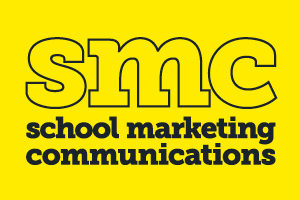Words are powerful.
Do your calls to action have power? Are they producing the results you want?
Whatever content you produce, a newsletter, brochure, invitation or blog, the result you want to achieve is the same: to motivate the reader to take action whether it is to request more information about your school, register for an open day or subscribe to your school’s newsletter. This is why it is essential to have a solid, persuasive call to action (CTA).
As much as you might like to, you can’t physically make a person press ‘click’ in response to your CTA. So, what is the best way to motivate them to take the next step?
Here are five essential items to consider:
1. Language
Use simple direct language, advising your readers why they should take action and what will happen next. A CTA should answer the ‘what’, ‘why’ and ‘when’ questions within a matter of seconds. Be specific and describe what they should do. But, be conscious of not demanding a person to do something.
2. Words
The first word you use should be a strong action verb such as click, call, download or read. Create a feeling of urgency using words such as now and today. You can appeal to the readers’ needs with the classic CTA, ‘learn more’ or another friendly option is ‘talk to us’. Limit numbers to raise the value and impact: ‘Only [number of places] available. Register now!’
3. Length
Some say that the average attention span is only eight seconds. This means you only have a brief window to persuade your reader to take action. Make your CTA ‘short and sweet’, but convincing. The majority of your persuasion should be in the accompanying content, rather than the CTA.
4. Content
Your message should be engaging and inspire the reader to take the next step. The content should endorse your CTA. The CTA should have the same tone as the content – personable and friendly. Use language that is appropriate for the reader. It is best not to use too much jargon that is going to confuse or bore your reader. Include design features that encourage the reader’s eyes to the CTA.
5. Repetition
If you repeat the CTA a number of times it reinforces the message and gives it more authority. Place clickable items throughout your message to give the reader a number of opportunities to respond, especially readers who quickly scan the content. Ensure headlines, images and logos link to your school’s relevant landing pages to gain the best conversion rate.
There isn’t a correct or perfect CTA for every occasion. A CTA needs to be customised and there are countless options to create a more convincing call to action.






